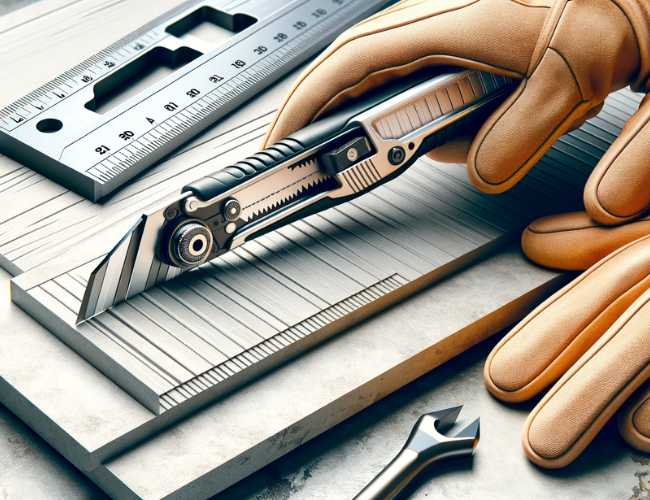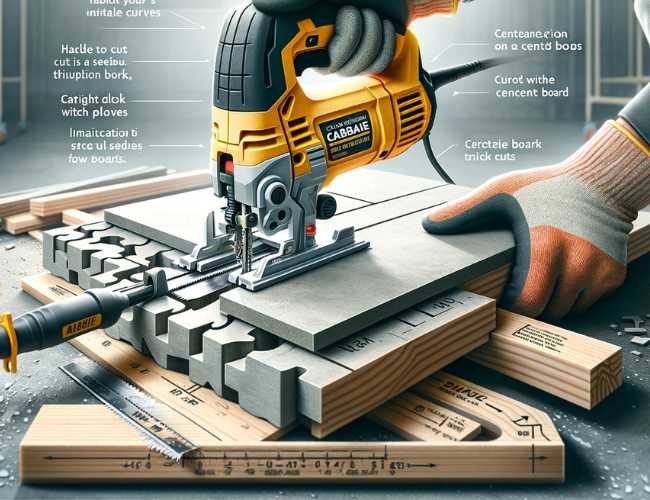Cracking the code of cutting cement board doesn't have to be a back-breaking battle for UK DIYers! These sturdy panels are a fantastic choice for bathrooms, kitchens, and other wet areas, but slicing them neatly can feel like a daunting task. Fear not, intrepid home improvers! This guide will help you with the knowledge and tools to conquer cement board like a pro, ensuring clean, precise cuts for your next project.
Choosing the right weapon for the job is crucial. Here are some popular methods for cutting cement board in the UK:




Remember, practice makes perfect! Begin with straight cuts on scrap boards before tackling your final project. With the right tool, technique, and safety precautions, cutting cement board becomes a breeze!
It depends on your comfort level and project needs. For straight cuts on thin boards, a utility knife with scoring might be easiest. For thicker boards or intricate shapes, a circular saw or jigsaw offers more power and flexibility. Remember, practice makes perfect, so start with scrap boards before tackling your final project.
Yes! Regular blades will quickly dull or chip on cement board. Use a diamond-tipped blade for your circular saw, jigsaw, or angle grinder. Ensure the diamond grit matches the board thickness for optimal results.
Safety first! Wear gloves, safety glasses, and a dust mask to protect yourself from flying debris and dust. Secure the board firmly to prevent movement and accidents. Be cautious with powerful tools like the angle grinder and start cuts gradually.
Wetting the board before cutting can significantly reduce dust. You can also attach a wet/dry vacuum to your cutting tool for optimal dust control. Consider wearing a respirator for extra protection, especially if you have respiratory sensitivities.
Technically yes, but it's not recommended. Miter saws are not ideal for thick or dusty materials like cement board. Consider using a circular saw or angle grinder for angled cuts instead.
Don't panic! Minor imperfections can often be covered with grout or caulk. For larger mistakes, you might need to cut a new piece and start over. Remember, practice makes perfect, so don't be afraid to experiment and learn from your cuts.
For round or irregular holes, use a drill with a carbide-tipped masonry bit. Start with a smaller pilot hole and gradually enlarge it to the desired size. For square or rectangular holes, score the outline with a utility knife and snap the board along the score lines. You can also use a jigsaw for more precise control.